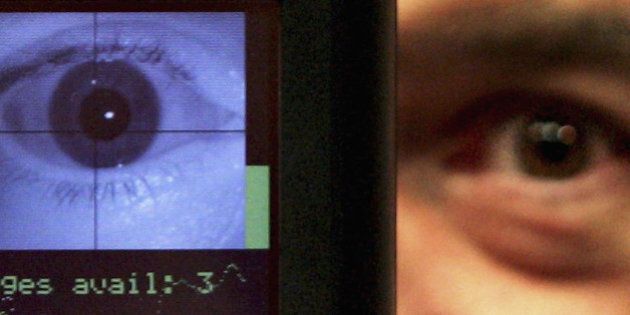
Over the past two decades, we have seen some incredible advances in medical research with people living longer and healthier lives. Collaborative multi-disciplinary research models, a greater understanding of the human genome, and cutting edge information technology have taken medical research farther and faster than we ever thought possible. Yet it seems to me that we are entering a new era that is leveraging the power of information technology to drive some of the world's most exciting health research endeavours.
I was reading a Thomas Friedman article recently and came across the concept of Moore's Law, conceived in 1965 by Gordon Moore, a co-founder of Intel. Moore correctly predicted that computing power would double approximately every two years. This made me think about the enormous change taking place in the healthcare world -- and the incredible research projects taking place across the globe.
Information technology has enabled researchers to collaborate globally, collect and analyse data, build clinical trial networks, and do things faster and more efficiently. This is essential in biopharmaceutical research where a new treatment can cost a billion dollars to develop and take a dozen years from its discovery to finally get to the patient. Our community is producing more and more personalized medicines, and information technology is at the centre of these discoveries.
We are now seeing software that can diagnose diseases, map the human brain, implemented by supercomputers with enormous capacities that make it all possible. The Cleveland Clinic and the Canadian Network for Environmental Scanning in Health (CNESH) have published recent lists documenting the top emerging health technologies, and seven out of 20 could be said to have the computer software as the main vehicle driving the innovation.
I recently came across a research paper in the American Journal of Public Health published in 1963 by Dr. Caceres and Mr. Abraham -- around the same time as Moore's law was conceived. The authors explored the role computers could play to help diagnose heart disease. They predicted that computers would be an "integral part of the future of medicine, but primarily in the realm of data management", as they believed "that computers could not be expected to give any results surpassing those that could be obtained by precise manual computation."
I think it is safe to say Dr. Caceres and Mr. Abraham would have been astounded by what we have been able to achieve today through information technology. Here are three examples I collected from the last month alone:
The NewScientist reported on a computer program that can identify rare conditions by analyzing a photograph of a face. The software developed at the University of Oxford can recognize 90 disorders by analyzing facial features such as lips, brows and the shape of eyes. The new software will speed up the process significantly by helping doctors make preliminary diagnoses. What is really extraordinary about this program is that it can perform its analysis on any digital photo, no need for a professional shot, taken at a precise angle from a high-end camera -- a photo taken from your smartphone or pulled from Facebook will do.
The Globe and Mail's Ivan Semeniuk wrote a feature about the Allen Institute for Brain Science's brain mapping project -- the Brainspan Atlas -- which was funded by seed money from Microsoft. A team of Canadian researchers are creating a three-dimensional detailed model that works much like Google Maps, to find genetic signs for a broad range of complex mental disorders and why these disorders develop in some people and not others. The Brainspan Atlas data has generated hope in the autism community by identifying thousands of potential genetic links to the disorder.
Finally, what make these amazing technological advancements possible are the systems that process the complex and vast amounts of data. The University of Manchester launched a new "supercomputer" that can perform 110-trillion operations per second! According to the release, eight leading research universities will use the system to undertake a more complex analysis of their data, which will lead to an improved understanding of diseases and the development of better treatments and care.
If Dr. Caceres and Mr. Abraham certainly could have anticipated that health research computers would someday undertake 110-trillion operations per second and others would be diagnosing patients from a photo they certainly would have looked nervously at their slide-rules. With computing power expected to continue to grow at the same rate for at least the next few years, who knows what great things are yet to come in health innovation!